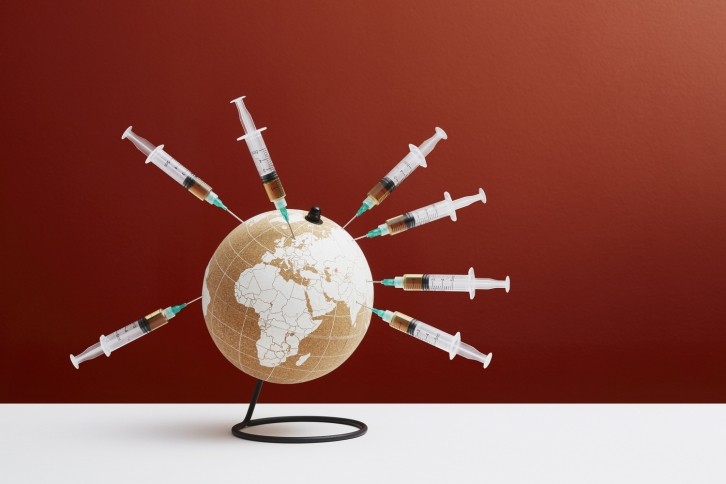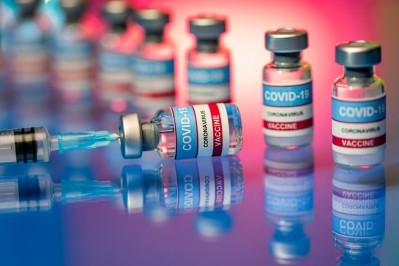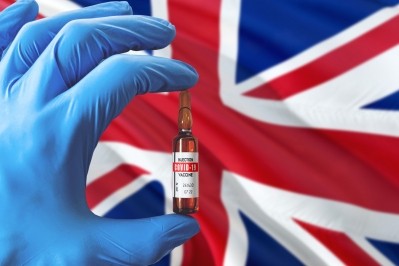How fibrinolytic biomarkers could transform the way we approach severe COVID-19

However, a new study has found that proteins regulating plasminogen-plasmin levels can be used as biomarkers to predict individuals who are at risk of progressing to a severe stage of the disease.
The research was conducted by Juntendo University in Japan, led by professor Koichi Hattori, associate professor Beate Heissig and Tetiana Yatsenko.
“It is often difficult to judge the severity of a patient at diagnosis with conventional tests. But identifying high-risk patients, such as those who might require oxygen supplementation as early as possible, will save lives. We have discovered biomarkers to determine the risk of the disease becoming more severe at diagnosis,” says Dr. Hattori.
According to the institution, this breakthrough may lead to the development of portable test kits to identify vulnerable individuals, as well as optimized COVID-19 screening and treatment strategies.
Specifically, the researchers looked at the levels of three different proteins associated with blood clot formation: urokinase-type plasminogen activator (uPA), tissue-type plasminogen activator (tPA), and plasminogen activator inhibitor-1 (PAI-1), in hospitalized Japanese adults with COVID-19.
uPA and tPA are proteins that activate plasminogen to plasmin. PAI-I inhibits the plasminogen activators by binding with them, forming uPA/PAI-1 and tPA/PAI-1 complexes.
Patients requiring oxygen supplementation tend to have the highest levels of PAI-1 protein compared to those displaying mild symptoms and a healthy control group. However, the levels of active PAI-1 that restrict plasmin activation remained similar in all the groups.
Out of the two plasmin activators, uPA levels were lower in COVID-19 patients than in the healthy control group and patients who required oxygen supplementation had the lowest uPA/PAI-1 complex levels.
The researchers found PAI-1 and uPA/PAI-1 complex-related changes in response to proinflammatory factors, which, in turn, were released in response to the viral infection.
Higher levels of PAI-1 correlated with soluble urokinase plasminogen activator receptor (suPAR) and soluble vascular cell adhesion molecule-1 (sVCAM-1), two proteins released by endothelial cells in response to inflammation caused by the SARS-CoV-2 virus.
Essentially, these findings suggest that heightened PAI-1 levels can serve as a valuable indicator of endothelial dysfunction associated with COVID-19, enabling researchers to recognize vulnerable patients.
“Significant decreases in circulating uPA and uPA/PAI-1 complex levels may be a novel biomarker of COVID-19 severity. By identifying individuals who are at risk of progressing to a severe stage of COVID-19, we can reduce the strain on medical facilities as we can reserve emergency beds for those who might experience worsening of the disease and provide medical care tailored to the specific condition of each patient,” added Dr. Hattori.
The news comes after a separate study from Japan found that mild to moderate COVID-19 symptoms could be significantly reduced with an oral antiviral drug called ensitrelvir.
The drug, from Japanese pharmaceutical company Shionogi, demonstrated a meaningful reduction among five typical COVID-19 symptoms characteristic of the Omicron variant, a runny nose, sore throat, cough, fever and tiredness – in a recent phase 3 trial.











